The introduction of handheld gaming consoles has allowed players to ignore their surroundings and dive into their favorite titles wherever they find themselves. There have been some incredible advancements in the technology behind these mobile gaming platforms, with many of them boasting hugely influential titles and massive game libraries. Here are our picks for the best handheld gaming consoles of all time and what makes them so important to gaming history.
The greatest handheld game consoles – our top ten
While graphics play a big part in how handheld consoles match up to their more powerful cousins, other factors determine their place on this list. Having a great gaming library is equally important because what good is a great console without games to play on it? It is also important to discuss legacy consoles that proved to the industry that players wanted to take their gaming on the go, even if their tech doesn’t stand up to current generations. Unsurprisingly, Nintendo features heavily on this list, but they are far from the only name in handheld console history.
Atari Lynx (1989)
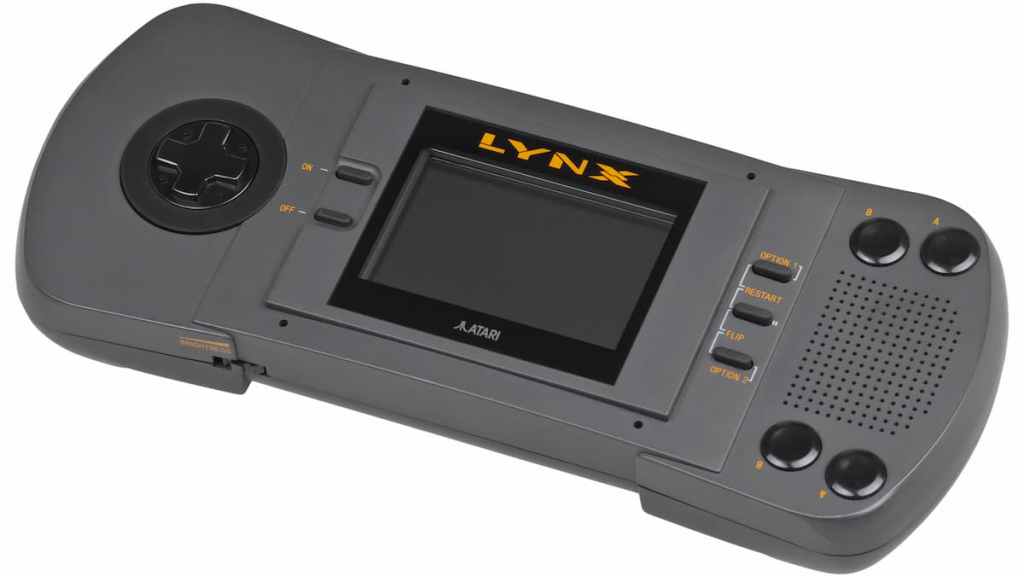
While the Game Boy would come to dominate the handheld gaming landscape, it wasn’t the only console that was launched in 1989. The Atari Lynx offered a full-color display and allowed up to eight players to game together for the first time. While its short battery life and lack of memorable games meant it couldn’t stand up to Nintendo’s handheld offering, the Lynx was years ahead of the competition at the time.
Neo Geo Pocket Color (1999)
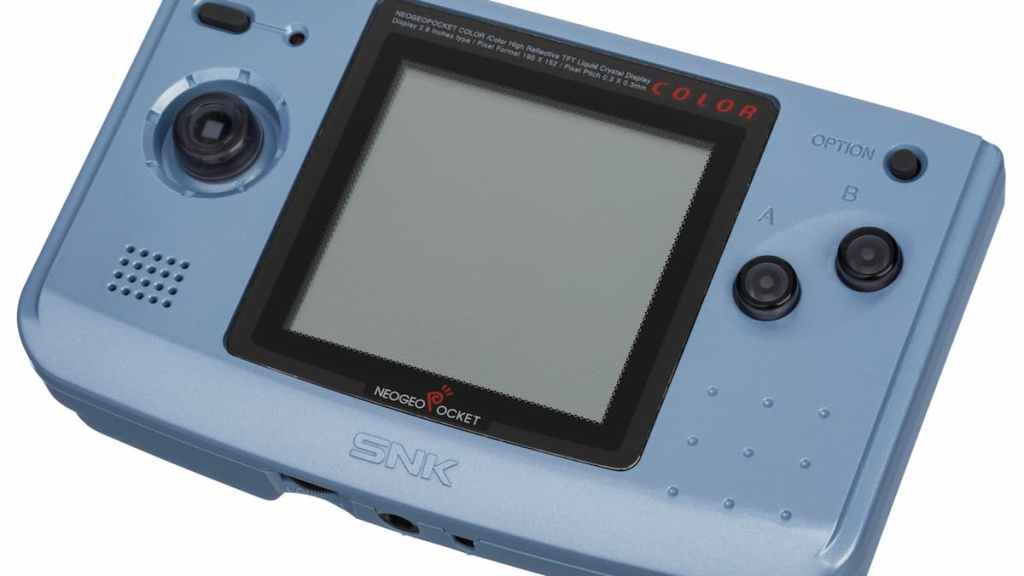
SNK wasn’t in the best financial situation when it launched the Neo Geo Pocket Color to compete with Nintendo’s Game Boy Color, but it managed to create a handheld console that was arguably better than Nintendo’s at the time. With a staggering 40-hour battery life and better graphics than the Game Boy Color, this often-forgotten console was perfect for fighting game fans. Unfortunately, SNK would go bankrupt within a few years of this console’s launch and would be the last platform released by the company.
Nintendo 3DS (2011)
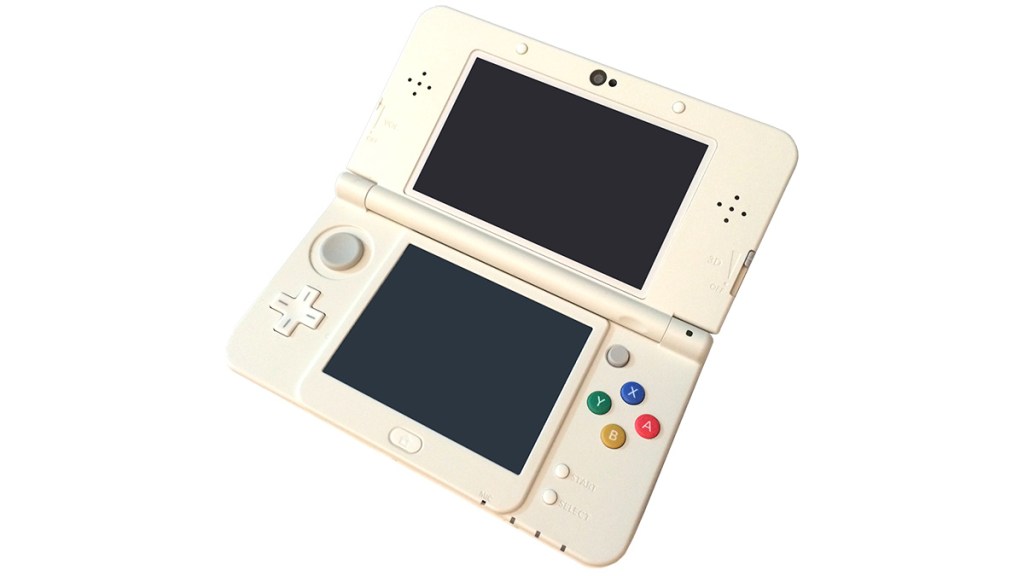
At the height of the 3D movie trend, Nintendo announced a new console that promised to deliver the same experience to gamers without the need for awkward glasses. Surprisingly, the technology worked very well and added to the DS’ touchscreen gimmick to create some great gameplay innovations. The 3DS family of consoles offered plenty of great games, with many of them taking advantage of the 3D feature to deliver truly unique games and being backwards compatible with the entire DS catalog of games.
Nintendo DS (2004)
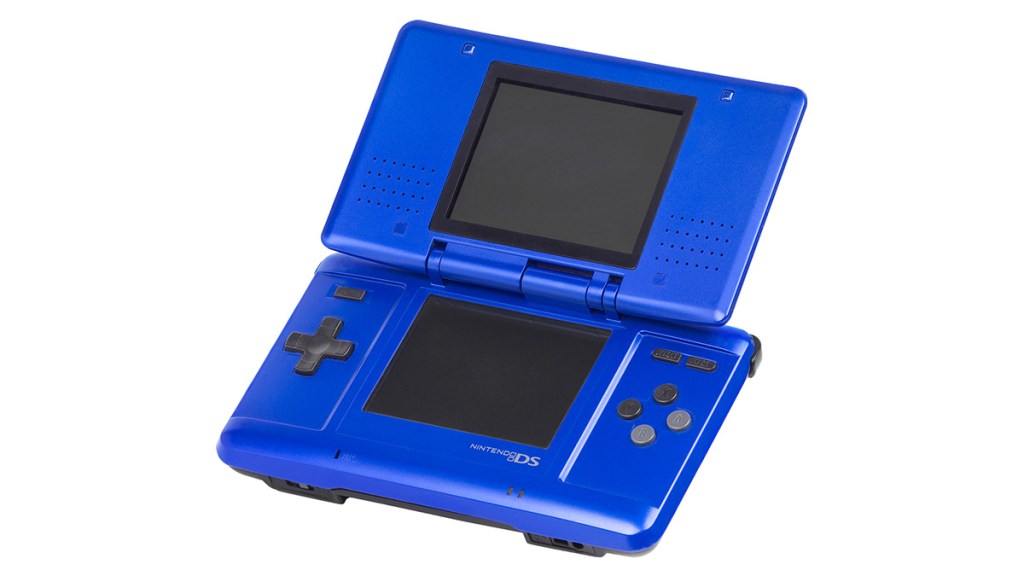
The Nintendo DS family of consoles is the highest-selling console in Nintendo’s history and highlighted what the company did best. It had a simple gimmick, with a touch screen on the bottom half of the console, but used it perfectly to allow players to explore games in new ways. It also continued the Nintendo Wii’s trend of bringing in more casual fans with games like Dr. Kawashima’s Brain Training alongside great entries in the Zelda and Pokémon series.
Nintendo Game Boy (1989)
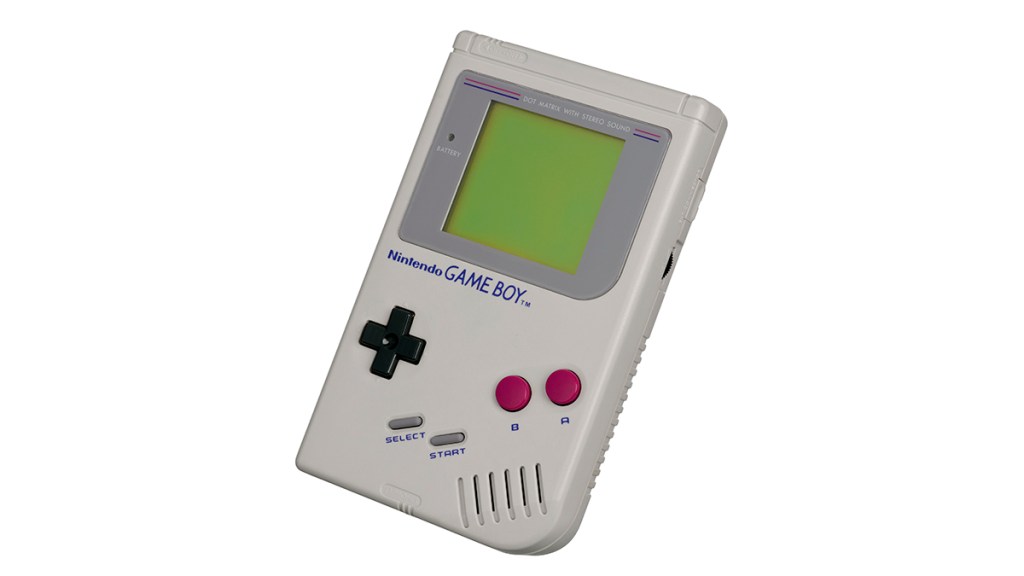
Sometimes the old ways are best. While the graphics were incredibly basic even when it was released in 1989, the Game Boy was instrumental in proving that there was a demand for handheld gaming consoles. With batteries that could last through long car journeys and some classic Zelda and Mario titles to choose from, the Game Boy set the standard for handheld consoles and remains one of the company’s best-selling consoles of all time.
Nintendo Switch (2017)
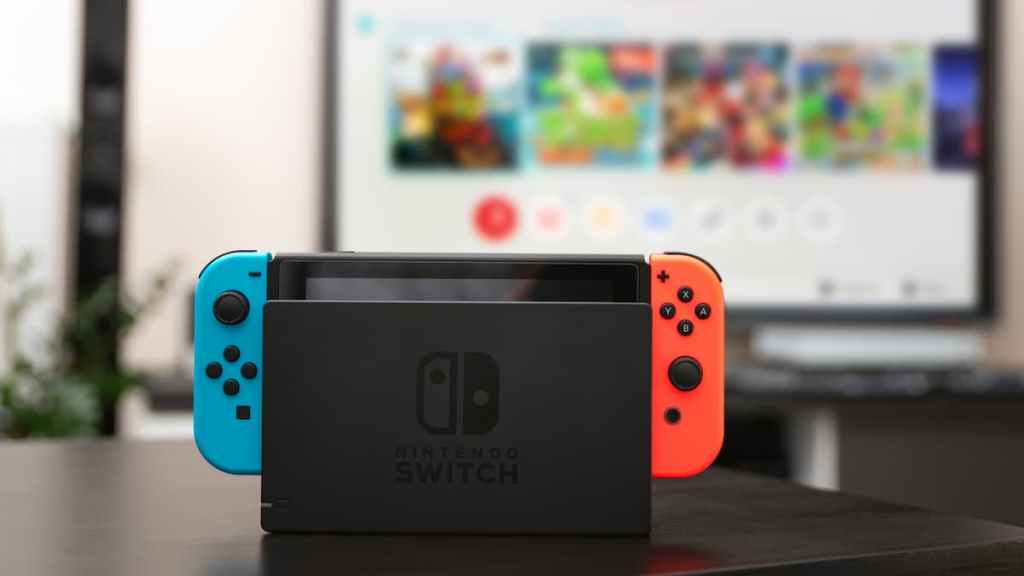
Nintendo had played with the idea of a hybrid console with the Wii U, but the concept didn’t come to fruition until the Switch launched in 2017. With it, Nintendo finally had a gaming system that was powerful enough to serve as a home console but could be taken on the go. However, a gaming library boasting incredible indie titles and great entries from some of the company’s most popular properties made the Switch one of the best-selling consoles in Nintendo’s history.
PlayStation Portable (2004)
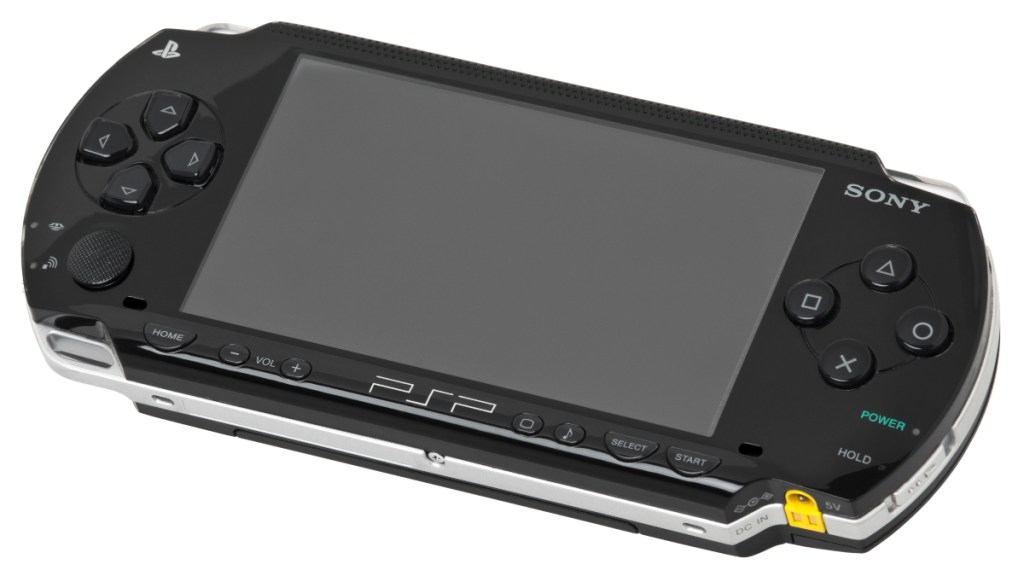
When Sony decided to develop a handheld console of their own, it had a lot of catching up to do. The Game Boy Advance was still the dominant name in handheld gaming, so the PlayStation Portable was made to do what the Game Boy couldn’t. It was sleek and had a more vibrant screen, and was much closer to the home console experience than any other handheld had managed before.
PlayStation Vita (2011)
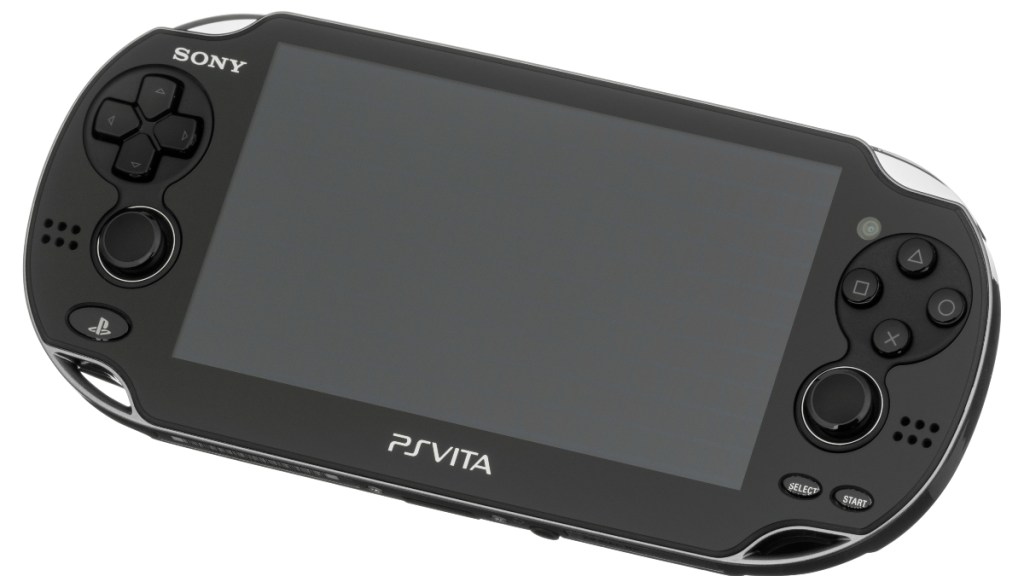
We’ve discussed how this surprisingly powerful console was sadly overlooked at launch. The Vita never got the first-party games it needed to keep it from fading into obscurity, but it set the stage for the Nintendo Switch beautifully. With a great catalog of visual novels and niche JRPGs that looked great on its bright screen, the Vita was a great console that just didn’t find its audience until it was too late.
Sega Game Gear (1990)
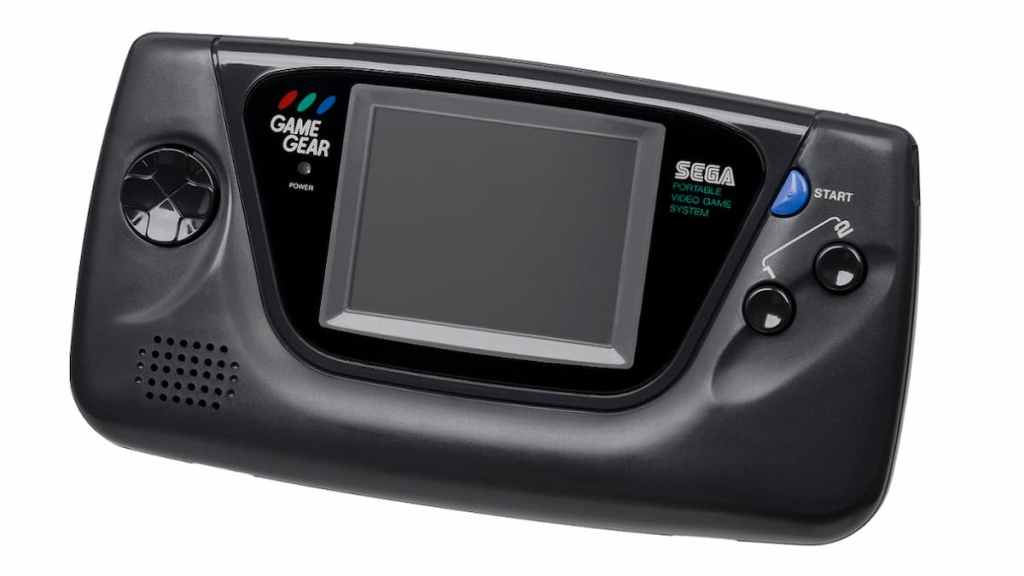
Believe it or not, there was a time when Sega was Nintendo’s biggest competition in the console sphere, with the Genesis introducing the world to everyone’s favorite blue blur. The Game Gear was Sega’s attempt to cut into Nintendo’s lead on the handheld console market established by the Game Boy, and it did it with a powerful chipset and full-color display. While it didn’t have the same catalog of games that Nintendo could provide, it was worth it just to take your Sonic games on the go.
Steam Deck (2022)
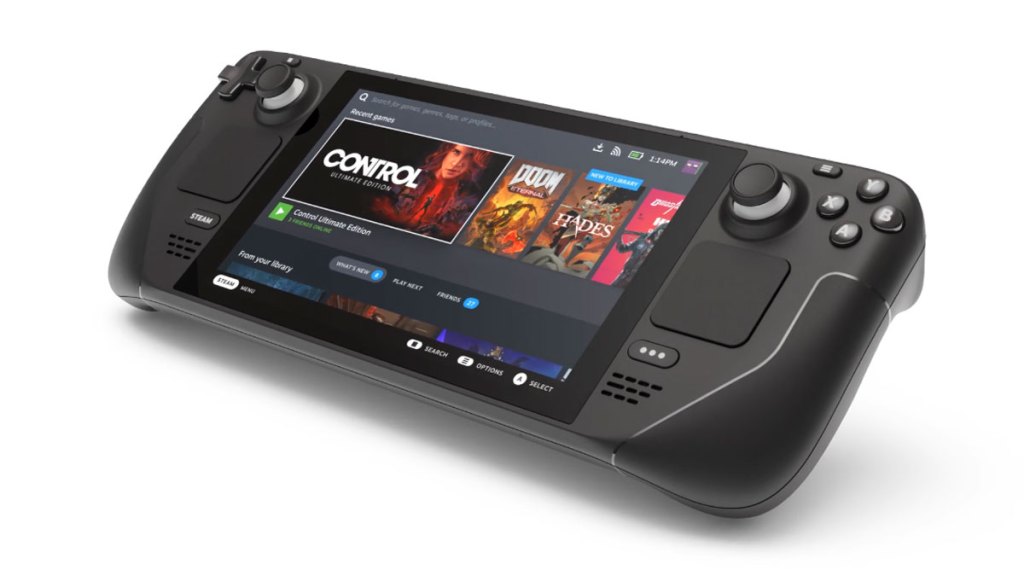
When Steam announced that it would be launching its own handheld console, plenty of fans were skeptical of its ability to deliver on that promise. While the Steam Deck’s launch was plagued with supply issues and the usual bugs that creep into new technology, it managed to do exactly what it said it would do by allowing players to access their Steam games on the go. Because of this, no other handheld console has can touch the Steam Deck’s catalog when it comes to sheer size, which will only help sales now that some of the supply issues have been sorted out.

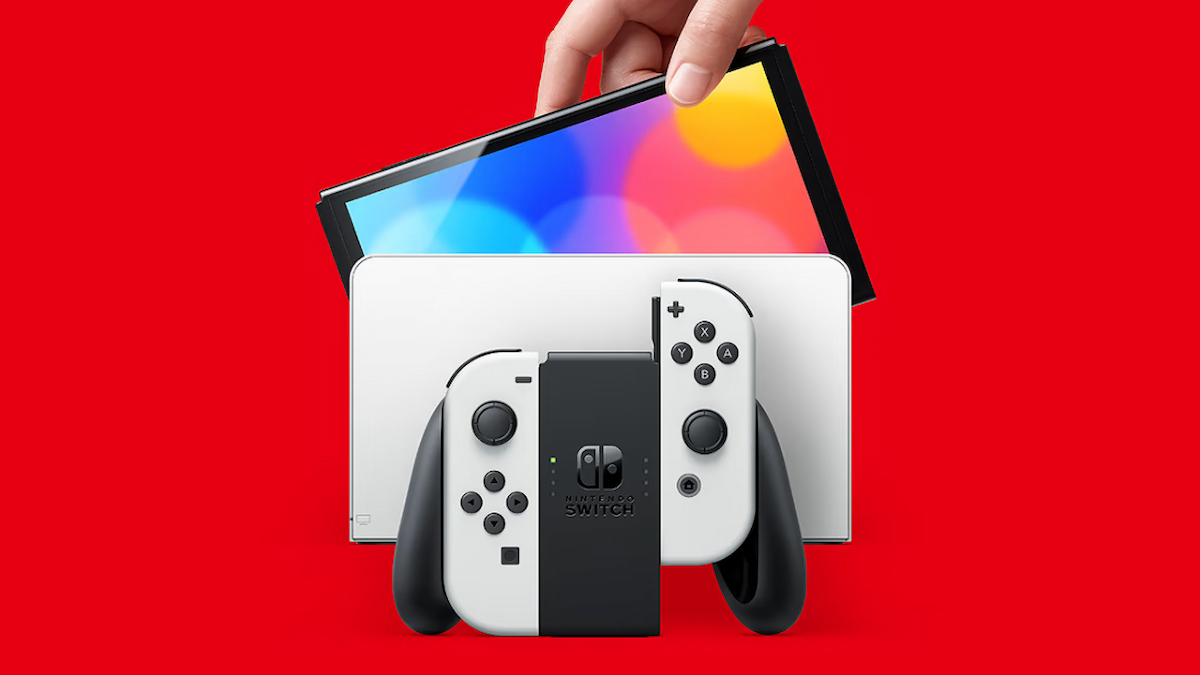





Published: Jan 3, 2023 10:57 AM UTC